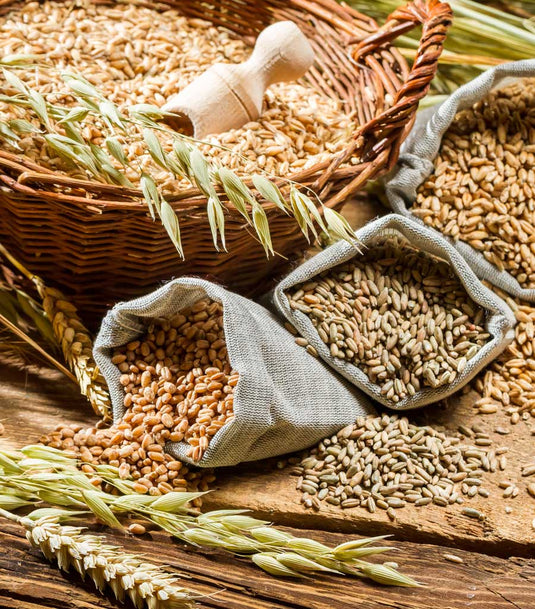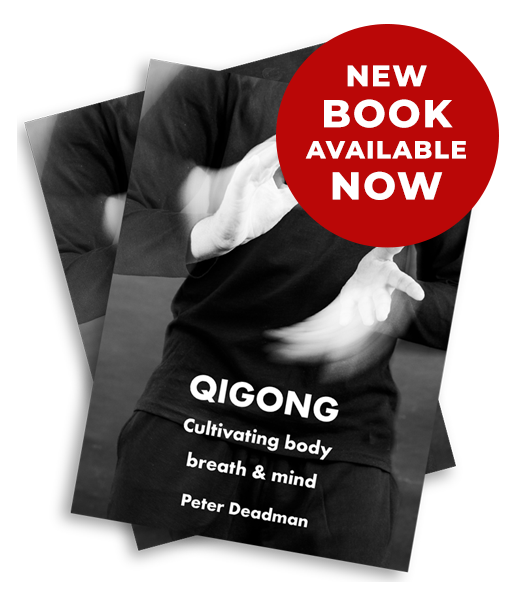Something strange has happened in the fevered world of dietary debate over the last few years. Cereal grains, which we rely on for around 50% of our calories wordwide, have been deemed harmful – and even poisonous – by advocates of diets such as the fashionable Paleolithic diet.
They argue that the advent of farming (and therefore cereal cultivation) around ten thousand years ago marked a low point in human development and that the many tens of thousands of years before that – during which we depended on a hunter-gatherer diet – mean we are evolutionarily ill-adapted to cereal grains and that they are an important cause of the epidemic of obesity, diabetes and other chronic non-infectious diseases that blight most societies.
At the same time, they say, fats (including saturated fat) have been unfairly blamed for causing heart and artery disease and that most of us should be eating much more fat in general.
The arguments about the harms and benefits of the transition to settled agriculture and its social, economic, political and health consequences, go on endlessly and are too lengthy for this short blog. I would only say that in the Chinese tradition, the legendary Emperor Shen Nong (the Divine Husbandman) who is credited with inventing agriculture, is revered for this gift – one that enabled the development of Chinese civilisation itself. We Cut Grasses – an ancient poem from The Book of Songs (15th to 6th centuries BCE) beautifully expresses this feeling: “We sow the hundred grains, those seeds so quick with life, they sprout in no time at all and rise up sturdy and tall, rise sturdy and lush and tall, weeded over and over again until we harvest such plenty, such rich plenty staking up a thousand million and more and more …”.
A recent study has thrown interesting light on the cereal and fat health debate. Featured on the BBC news website under the heading ‘Healthiest hearts in the world found’, it reported that the Tsimane people who live in the forests of Bolivia, show remarkably few signs of cardiovascular disease – even well into old age (by which time 80% of Americans show obstruction by coronary artery calcium). What is interesting about their diet is that they straddle the hunter-gatherer and farming lifestyles. The rice, maize and manioc they grow make up an astonishing 72% of their daily calories (compared to 52% carbohydrate consumption in the USA). The rest of their diet is composed of wild game (17%) and freshwater fish (7%), topped up with foraged fruit and nuts. Total fat consumption is 14% compared to 34% in the USA.
Of course their lifestyle as a whole plays a part. They are physically active (averaging around 16,000 steps a day), have strong social bonds and – interestingly – a high incidence of intestinal worms which are known to dampen down inflammatory immune reactions in the body.
The findings of this study are backed up by the fact that the Japanese have the highest life expectancy of any nation on earth. Once again, various factors are likely to be involved, but as far as diet is concerned it is built on a foundation of large amounts of rice and noodles (what and buckwheat) and relatively little saturated fat.
I am a great believer in the idea that precious human knowledge and wisdom is passed on – generation after generation, and we should always start considering optimum diets by looking at our ancestors. Nearly every traditional diet in the world is built on cereal grains and grasses (rice, wheat, oats, maize, barley, rye, buckwheat, quinoa etc.), while high quantities of fat and animal protein were (in most places) the preserve of the wealthy who were commonly thought to suffer form their overly rich diets. They were also much likelier to eat refined grains such as white rice and white flour.
So the evidence seems still to be in favour of relatively simple diets based on (preferably whole) cereal grains, accompanied by copious vegetables, pulses (beans/peas), fruits, nuts, seeds etc. and varying amounts of animal food (dependent on personal and ethical preference, climate, age, kind of work engaged in etc.).
Finally, it is blindingly obvious (but often missed by diet researchers) that whilst a bowl of brown rice and a Dunkin Donut are both carbohydrates, there is a world of difference between them.





